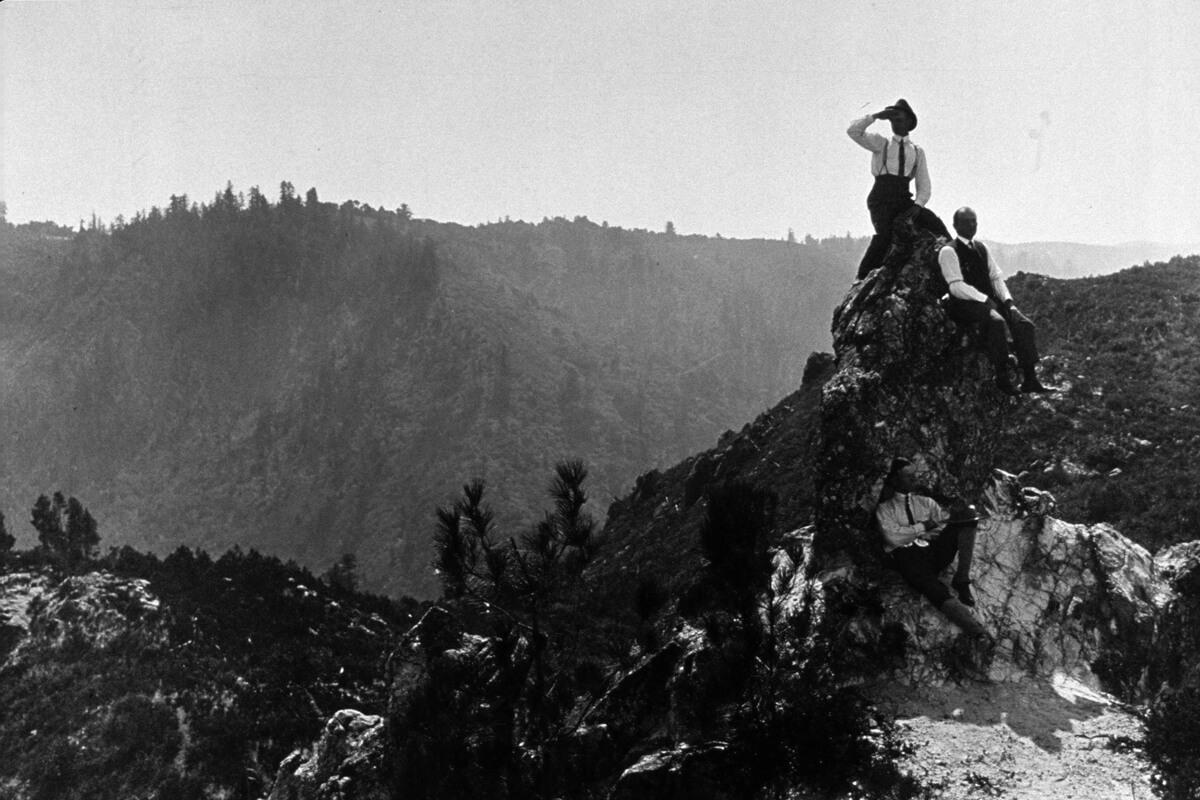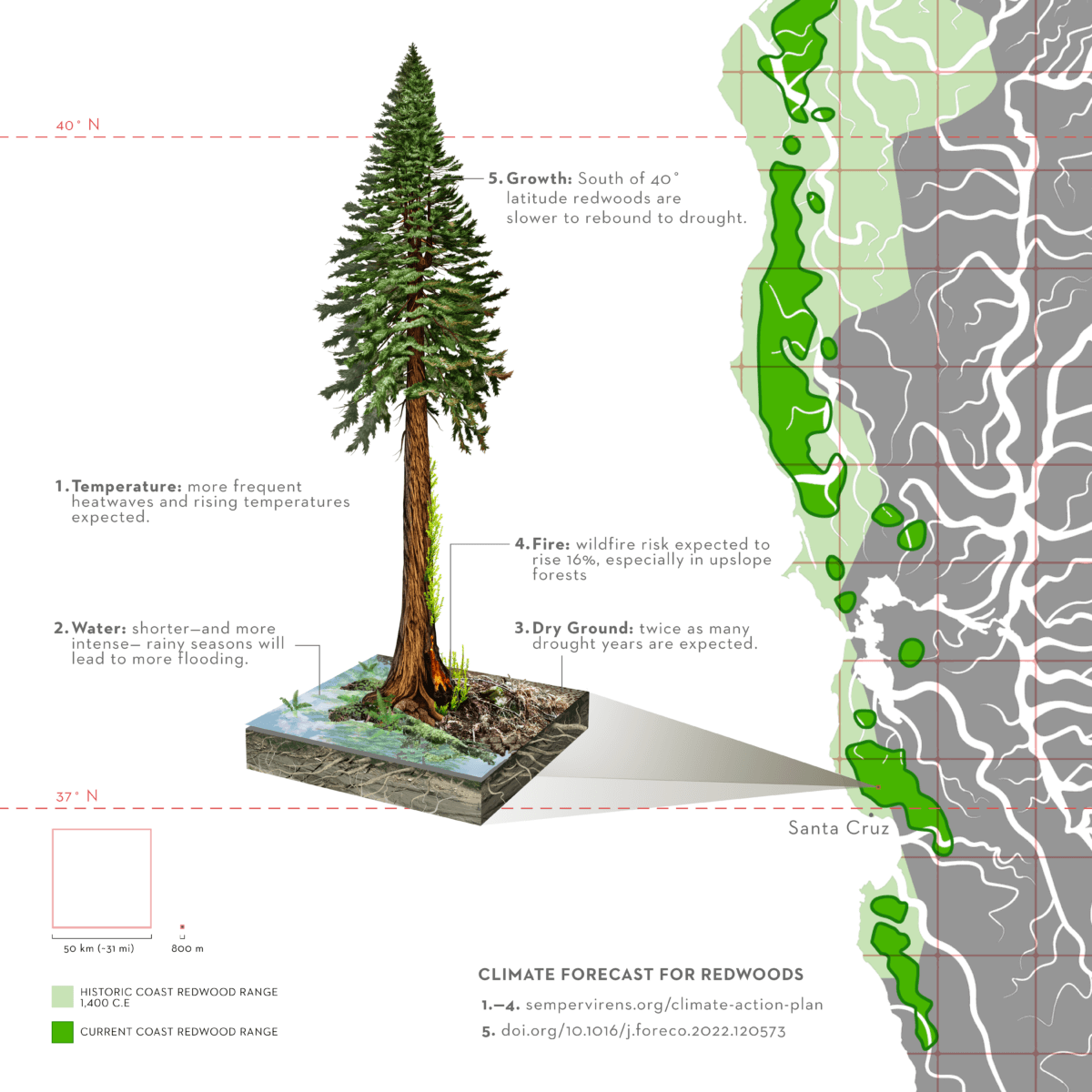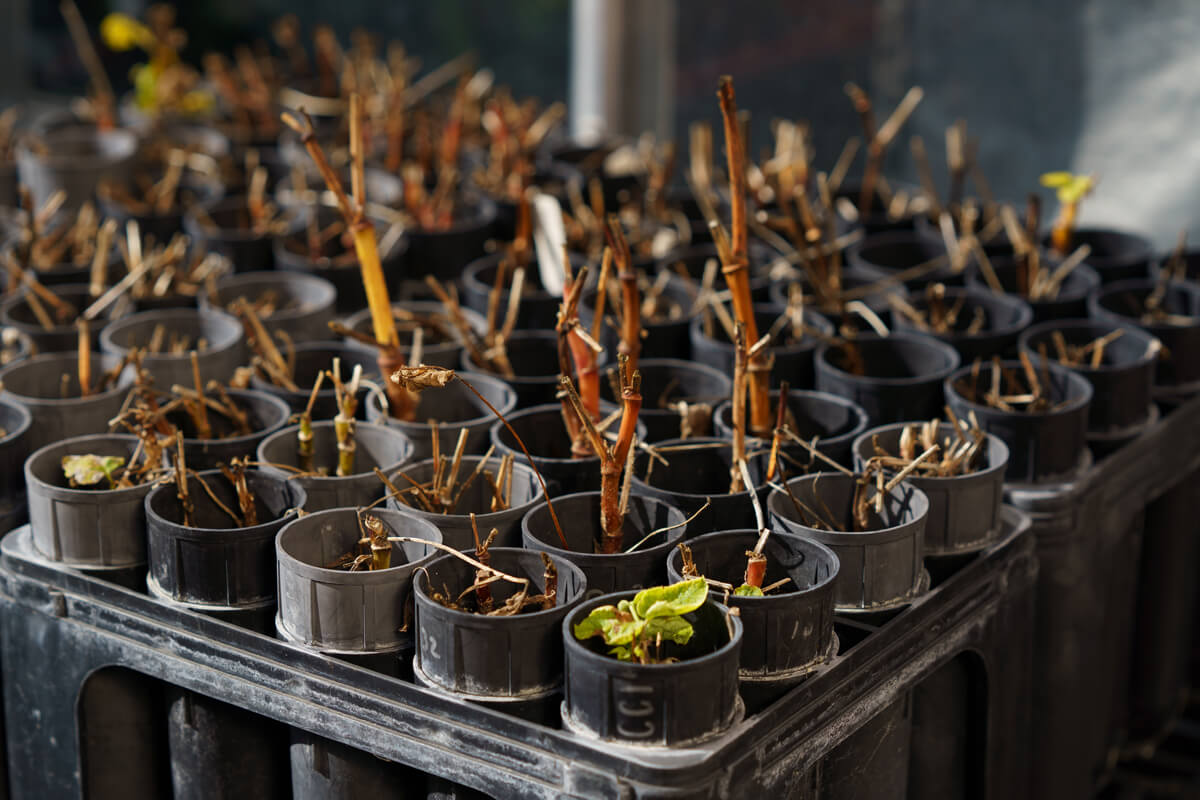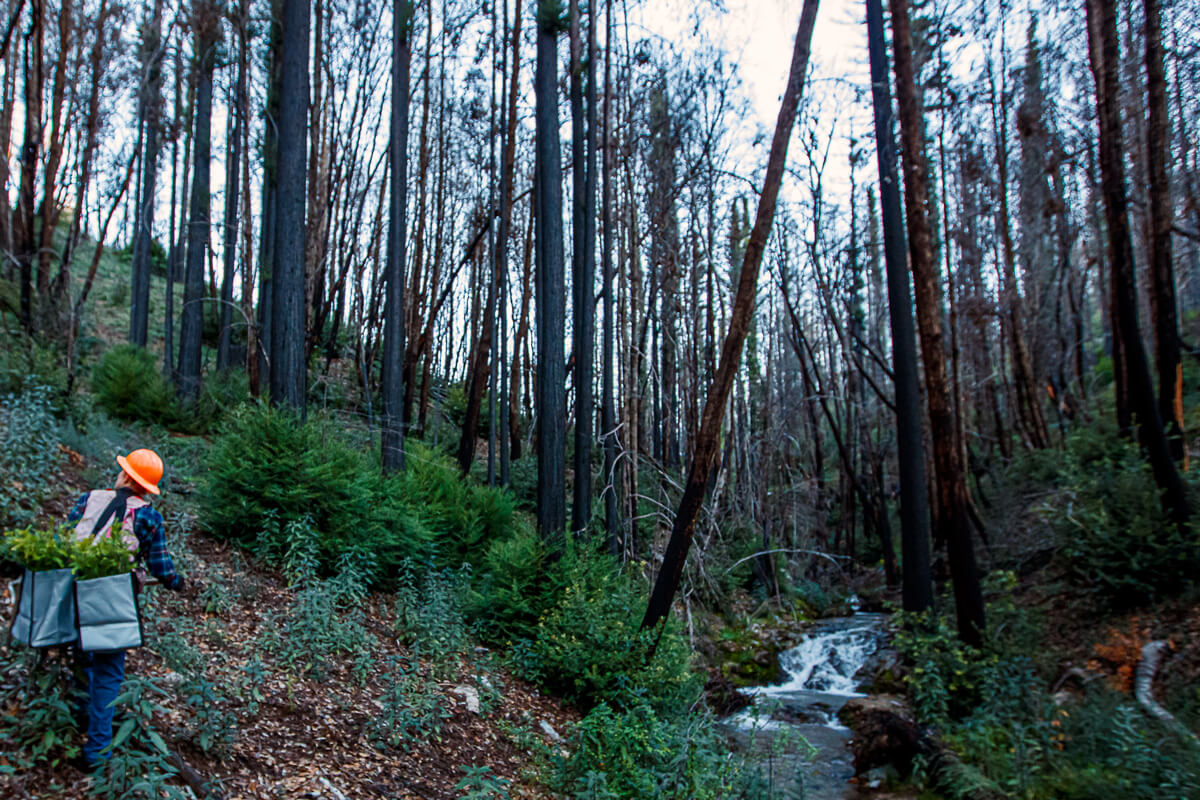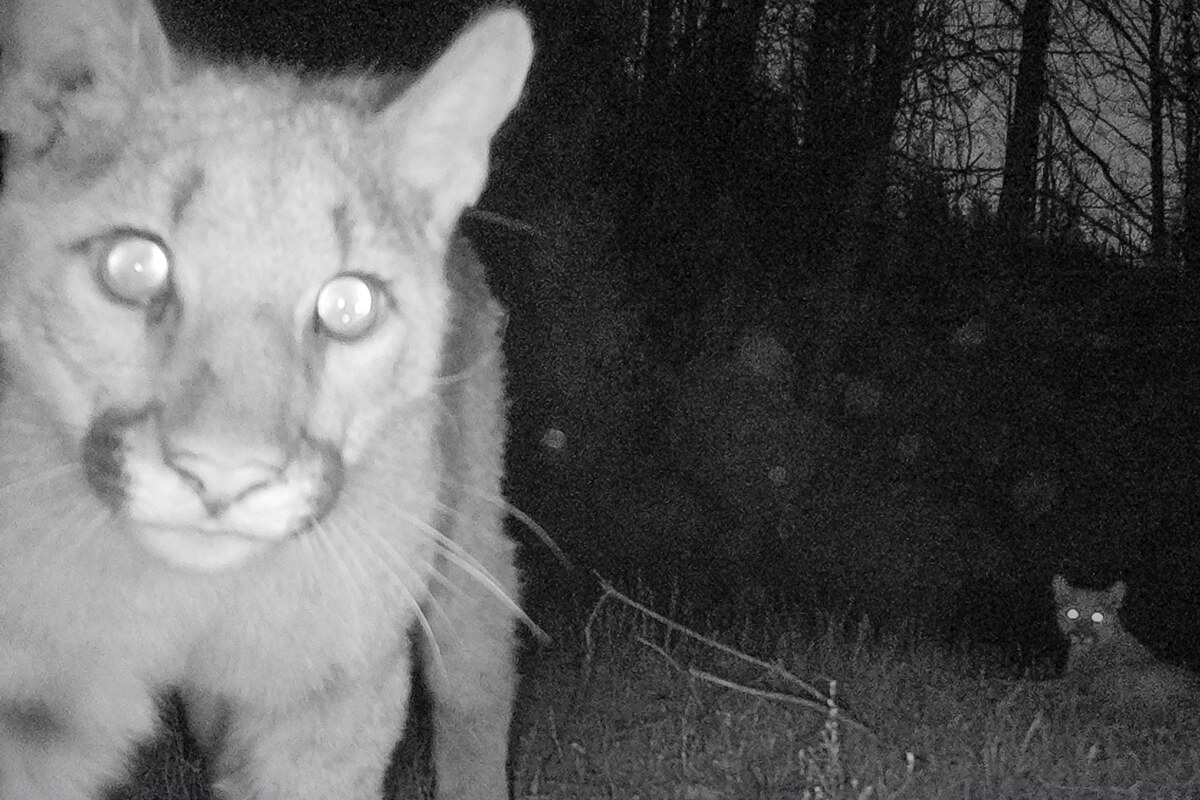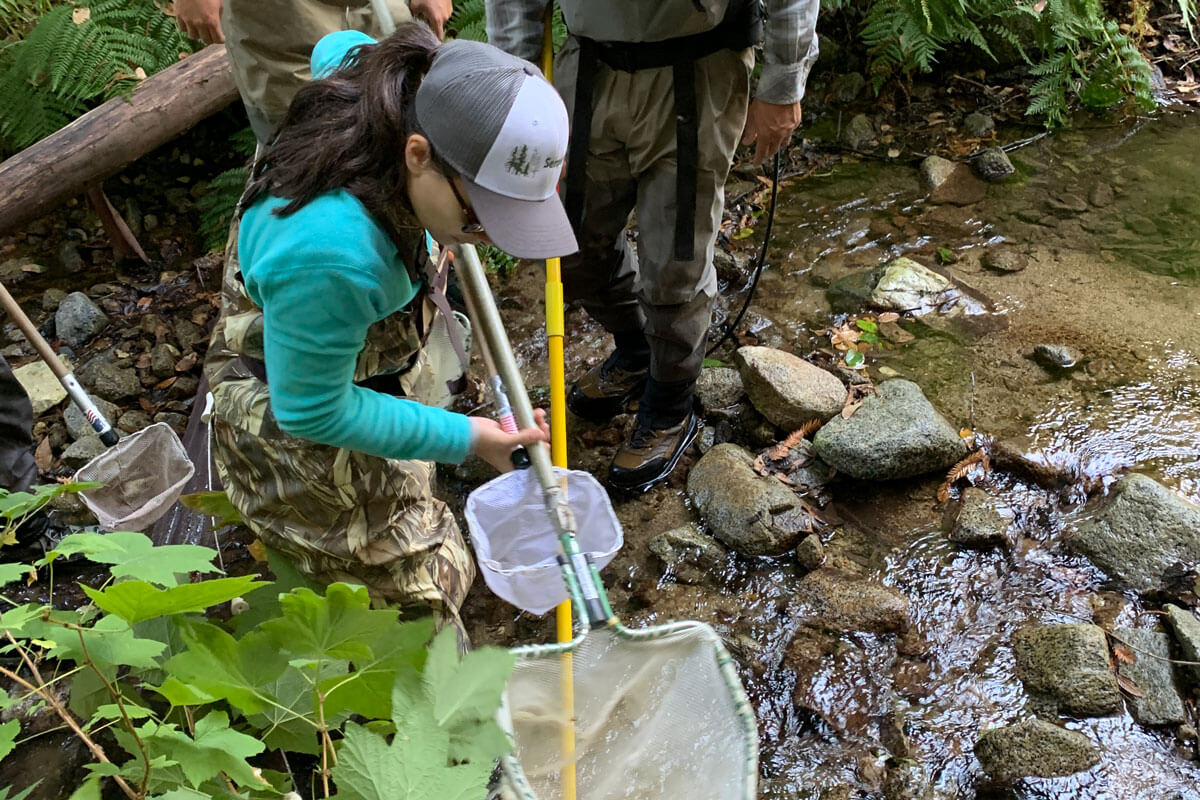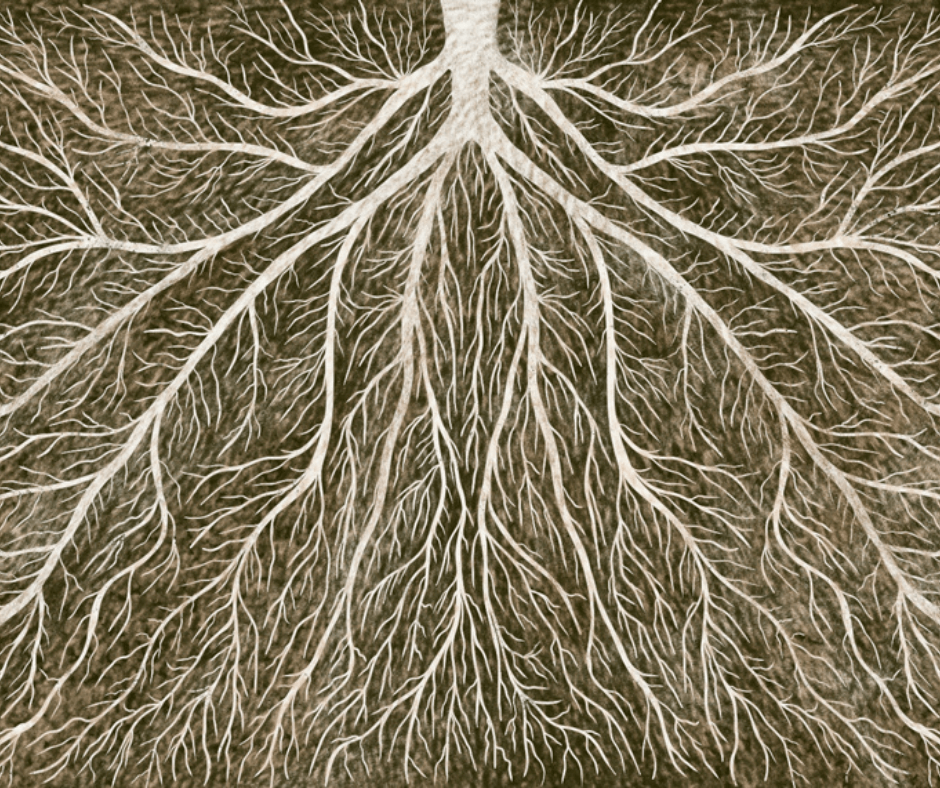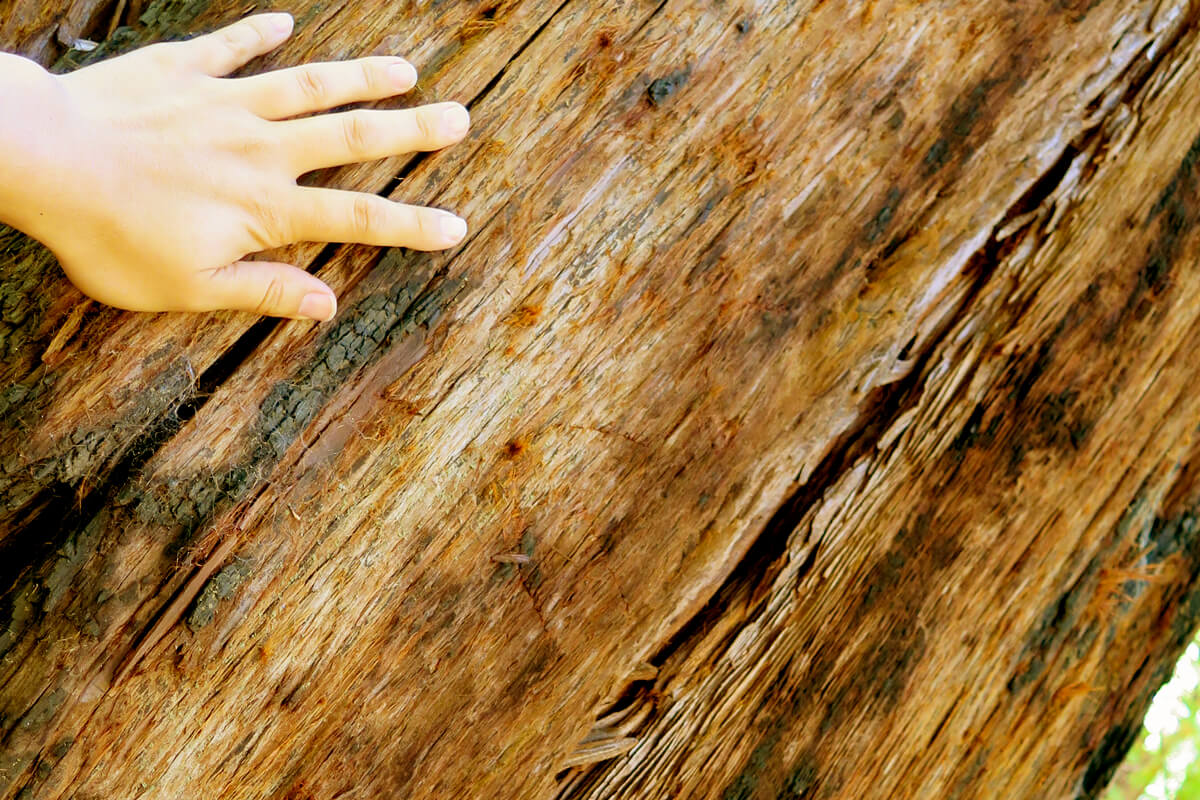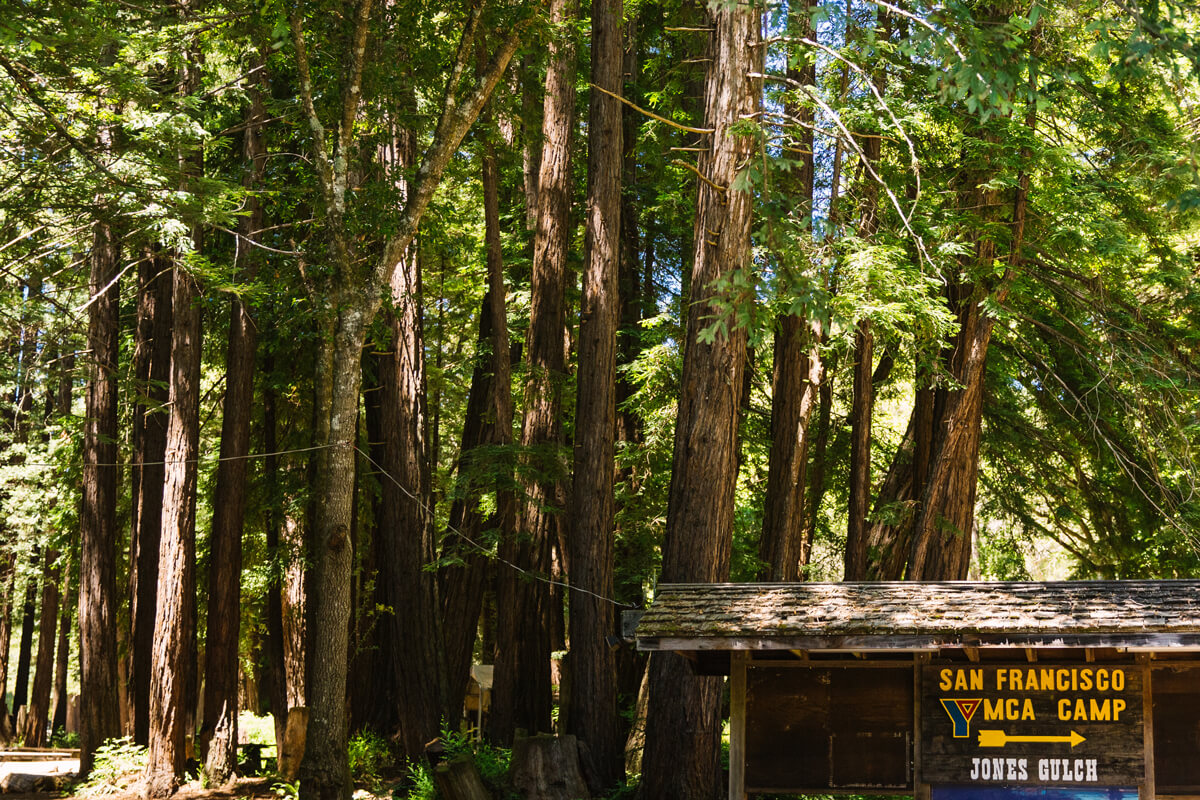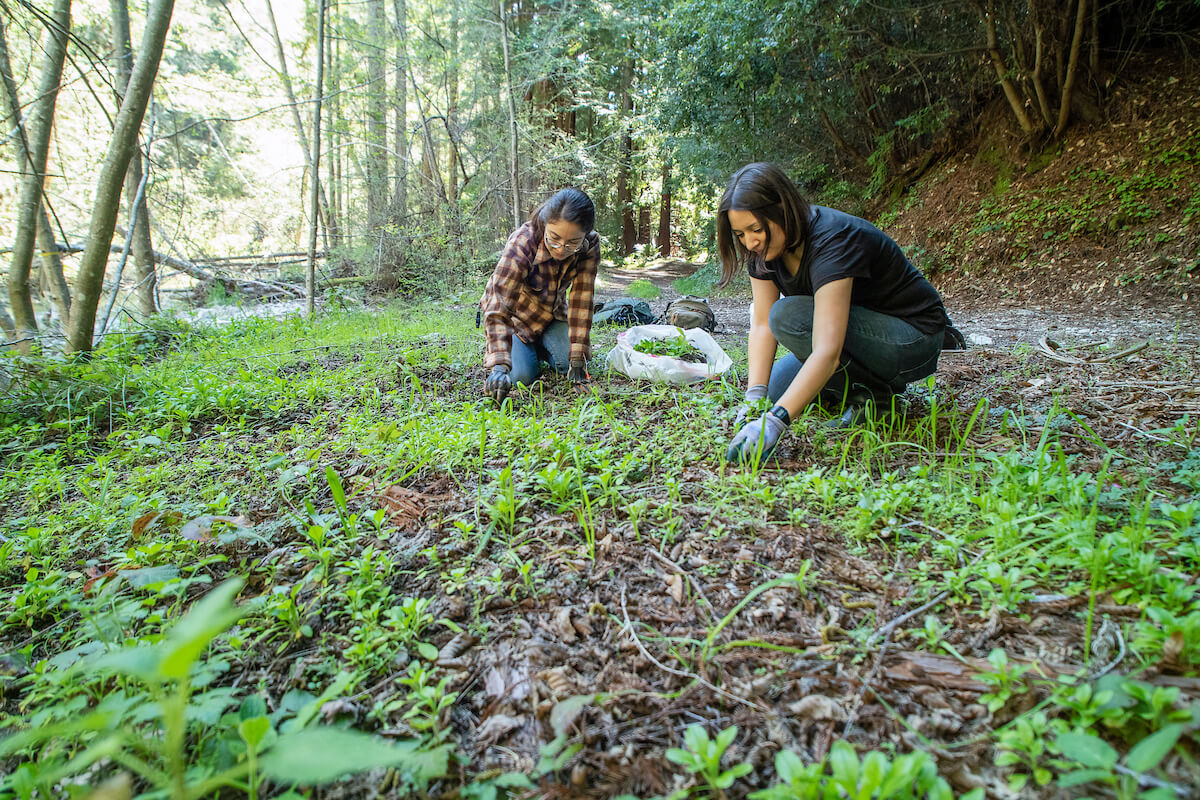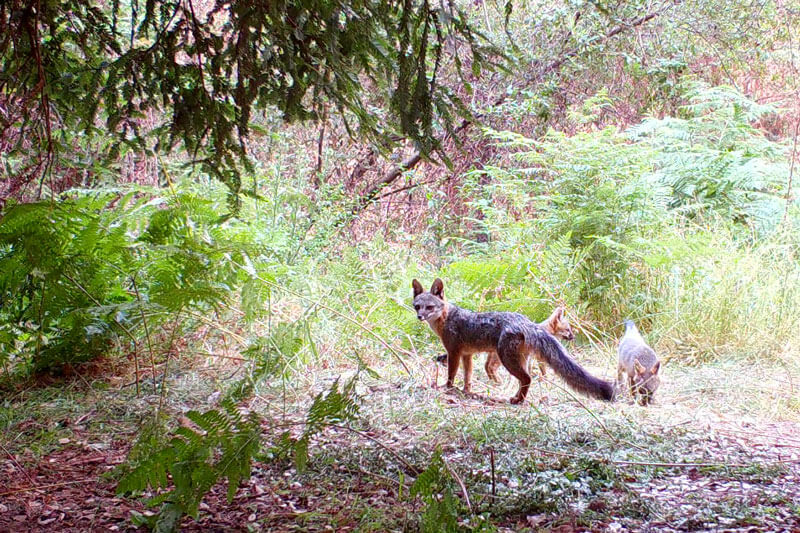Posts Tagged ‘Restoration’
Castle Rock State Park Legacy
Sempervirens Fund supporters like you have helped to create, expand, and keep Castle Rock State Park open over the decades. And we’re not done yet. Delve back in time to see how you’ve helped reimagine Castle Rock State Park as we look to what’s next.
Read MoreRedwoods and Climate Part 4
In the final part of the redwoods and climate series by Julia Busiek, we explore research about how climate change is already affecting redwoods across their range, and how it informs our new plan to save redwoods, and the plants and wildlife that rely on them, before its too late.
Read MoreThe Seedling Saga
Plant a native plant and habitat is restored! Right? The saga of these seedlings, five years in the making, offers a look at the deceptively difficult process and planning that come before planting and the seemingly endless problems that stand between their roots and restoring native habitat.
Read MoreStory of a Seedling
Seeds–the size of a tomato’s–can grow into the tallest trees on earth, restore the footprint of a decimated forest, and help support life–of plants, animals, and people–for thousands of years. But it won’t be easy. Many challenges lie in waiting first. Read on for the story of a redwood seedling plucked from its home to grow safely, only to return and valiantly help restore the forests and habitats of San Vicente Redwoods.
Read MoreMonitoring Wildlife for Healthy Forests
While the size and majesty of a coast redwood often dominates the landscape, like all ecosystems, there is so much more than meets the eye–a complex, delicate, and intricate web of life comprised of the reciprocity of thousands of life forms from the microorganisms in the soil, fungi and insects, to the plants, trees, and wildlife. What can monitoring wildlife on the land, water, and air tell us about recovery and recreation in the forest? Read on to learn more.
Read MoreCoho, Cobble, and Creek Beds: A Year After the Mill Creek Dam Was Removed
On October 4th 2021, the Mill Creek Dam was removed. Within a year of Mill Creek Dam’s removal, habitat is being restored and wildlife–including coho salmon–are returning.Read on to learn more about coho, cobble, and creek beds, and what’s next.
Read MoreUnderground Allies: The Importance of Fungi in Redwood Conservation
Redwood trees are world famous, and each year, their allure draws millions of visitors from around the world. What most park visitors overlook, however, is a lesser-known group of organisms whose biology is vital to survival of the trees. These organisms are fungi, and we would be wise to pay attention to them.
Read MoreBack to (Nature) School
Whether it’s camping, hiking, going to the beach, or attending camp, connecting with nature doesn’t have to end with summer. In fact, it’s incredibly helpful to our physical, mental, and social health to maintain our connection to nature and experience it often. We spoke with outdoor educators at the Santa Cruz Museum of Natural History about resources to help us feed our curiosity and connection with nature.
Read MoreBig Basin Returns
In July 2022, Big Basin re-opened its gates, and as we see our way past the two-year anniversary of the CZU fire, people are visiting once more. We talked to staff and interns about their experiences and spoke with our director of conservation about our work at the park and at a newly acquired nearby property that may well have a role in the park’s future.
Read MoreCamp Jones Gulch: A Partnership for Youth and Nature
Some of the oldest redwoods in the Santa Cruz mountains thrive at a YMCA camp with the oldest history of inclusion—Camp Jones Gulch. We sat down with Jamie Bruning-Miles, President and CEO for The Y of San Francisco, to talk about how, together, we are expanding youth access to nature.
Read MoreEradicating Non-Native Species at San Vicente Redwoods
Clematis vitalba is an extremely aggressive, invasive, non-native plant that grows quickly and spreads easily. Across four years of treatment, Sempervirens Fund and partners successfully reduced Clematis vitalba cover to near 0% throughout the lower reaches of San Vicente Redwoods.
Read MorePreserve the Gateway to Big Basin
Join Sempervirens Fund to preserve the Gateway to Big Basin. Together, we have the opportunity to permanently protect 153 acres of redwood forests and preserve a scenic approach into Big Basin Redwoods State Park. Donate by January 31 and your gift will be matched dollar for dollar up to $200,000.
Read More